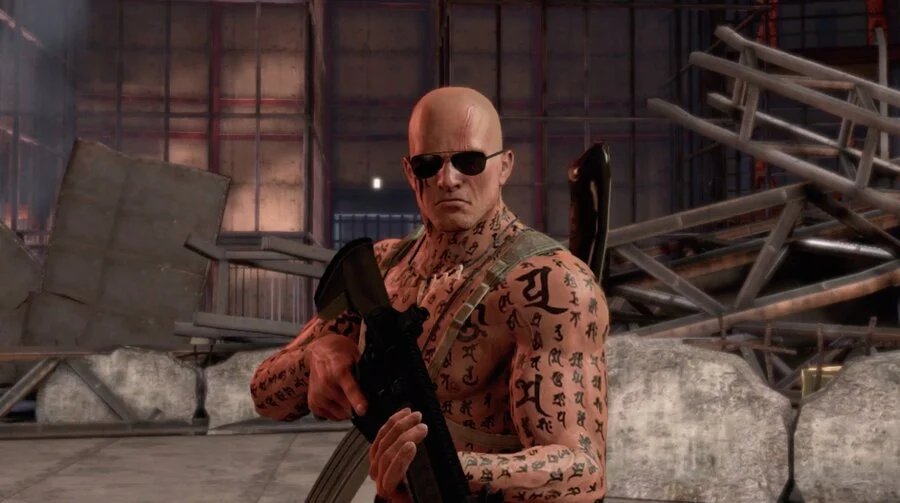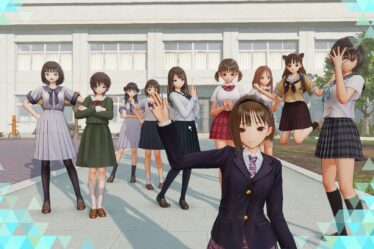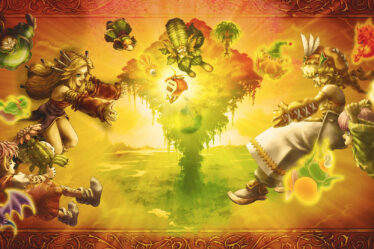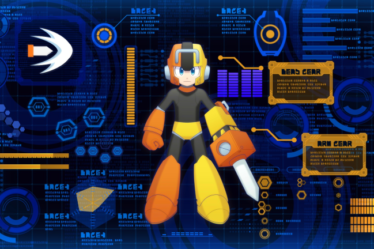
This article was originally published in Italian on GeekGamer.it in 2015.
Talking about “Tom” Itagaki isn’t exactly straightforward. I’ll just say that he was, for many years, the face of Koei Tecmo’s (back then, Tecmo) franchises like Dead or Alive and Ninja Gaiden. Before Hideki Kamiya made his debut on social media as a hot-headed game design personality with almond-shaped eyes, it was our Tomonobu-san, with his long rebellious hair, who reigned supreme in the Olympus of Eastern gaming industry “celebrities.”
After parting ways with Tecmo, Itagaki set out to form his own development team, aiming to rival the latest iterations of his own creations. The announcement of a new bloody and “pulp” action game, coming from our game design rocker, made Ninja Gaiden fans dream for years, as they eagerly awaited a worthy successor to the first iconic entry. Devil’s Third first appeared in a trailer featuring bloody blades and over-the-top actions, clearly saying goodbye to Ninja Gaiden 3, which failed to convince anyone. Despite the THQ label, it was clear that the spirit of the production was strongly tied to those Japanese splatter movie vibes, which only Noboru Iguchi had given us until then in his films. And what films… take a look!
As we know, fate was harsh on the American publisher, but what matters to us is that the failure of THQ was followed by the uncertain future of the ex-Tecmo project. For a long time, the members of Valhalla Game Studio remained in the shadows, working on their project, hoping to find someone to produce it. When Nintendo proudly announced in a Nintendo Direct that Devil’s Third would be released exclusively for the Wii U, many had a lightbulb moment: a title like that was actually missing from Nintendo’s lineup, except for Ninja Gaiden 3, and certainly, the violent tones of the story and mature themes would appeal to those who had been complaining about the lack of variety in the console’s catalog. The problem became glaring when the first footage of the Wii U version of the game was shown, clearly still in development and far from promising on the technical side. After all, Devil’s Third was supposed to release on PlayStation 3 and Xbox 360 about three years ago, but even if it had stuck to the original schedule, the result we now have on our Nintendo consoles would still have been considered mediocre.
The issue is that Ivan’s adventure—an unlikely former Russian terrorist with a passion for expensive instruments and the art of bushido—belongs without any question to that particular “B-movie” genre of video games that I struggle to see in a catalog like Nintendo’s. Don’t get me wrong, but for as long as I can remember, Nintendo has consistently delivered formally excellent video games, free from bugs and other nonsense that have become all too common in other new-generation console products. The famous “quality mark” that only the house of Super Mario has maintained throughout all these years in the industry, and which only in a few recent instances has been ignored. So, why does it feel like I’m playing a bad clone of Wet, the not particularly brilliant PS3 and Xbox 360 title from Bethesda?
The answer is certainly found in all those features that suggest a troubled development process. In the short single-player campaign, I encountered a lot of enemies who couldn’t wait to be sliced by my katana, who patiently waited to be chopped up while I dealt with their colleagues, or who still stood tall while, stuck behind cover I had automatically “attached” to, I aimed for their foreheads. The lack of any characteristic that encouraged me to give my best on the battlefield—like a combo counter or a judgment system similar to Platinum Games titles—ultimately discouraged me and made me reflect on the importance of having a “short” goal to offer to those who pay full price for the time they spend with the game.
Only the collectibles scattered across the environments that form the backdrop of the nine game levels managed to keep my attention while I tried the two moves assigned to each melee weapon, but I have never felt so disappointed by a title from my beloved rebellious game designer. That said, on paper, the gameplay system could work, and in some sequences, I did find myself genuinely entertained by solving certain situations. But if the anonymous Ivan couldn’t convince me even by the time the credits rolled, then the technical issues inevitably weighed heavily on my already limited enthusiasm. The answer is certainly found in all those features that suggest a troubled development process. In the short single-player campaign, I encountered a lot of enemies who couldn’t wait to be sliced by my katana, who patiently waited to be chopped up while I dealt with their colleagues, or who still stood tall while, stuck behind cover I had automatically “attached” to, I aimed for their foreheads. The lack of any characteristic that encouraged me to give my best on the battlefield—like a combo counter or a judgment system similar to Platinum Games titles—ultimately discouraged me and made me reflect on the importance of having a “short” goal to offer to those who pay full price for the time they spend with the game.
I’m sure the multiplayer mode will do justice to the game’s concept, potentially coming close to the delirious trailer with which the title was introduced to the public, but that’s a bitter hope, especially when the single-player campaign showed me all the limits of the control system, the lack of differentiation in weapon usage (virtually identical), and a technical department that, while holding up well visually when standing still, inevitably loses all credibility under a counter FPS almost always hovering around the unlikely threshold of 20 frames per second. And yes, we’re talking about an action game where swift movements and reflexes should be put to the test with guaranteed action fluidity. What I firmly believe is that, for a title like this, we shouldn’t have expected stellar details, but at least smooth action, anchored to 60 FPS, which would testify to the attention given to gameplay, combat systems, and everything that makes Devil’s Third a game. Instead, nothing. In fact, we also have to deal with all the rest, and then I stop and ask myself, “What did I do wrong, Tom, for you to get angry and deliver such a title into my hands?” Then I think about it and realize that maybe I’m not the bad guy here.
I hope Tom, the father of Ninja Gaiden and Dead or Alive, doesn’t hold it against me if I breathe a sigh of relief after finishing the single-player campaign of Devil’s Third. I’d be lying if I didn’t admit that I had fun at times, despite all the obvious problems with the title, but after so much anticipation and such a resume like Itagaki’s, my expectations were high and of a very different kind.


